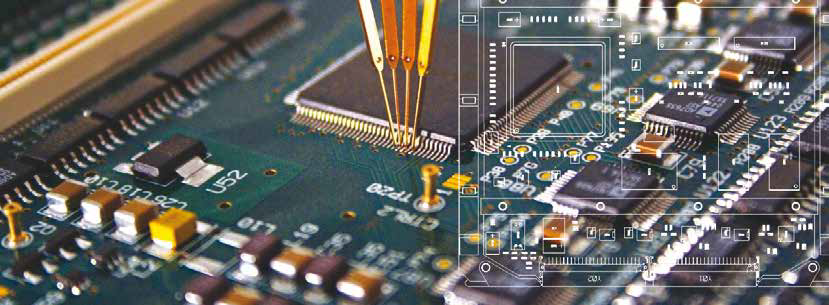Abstract
Selex-ES, a Finmechanica company known for its high-technology methods and products, makes extensive use of simulation tools and approaches to design and test leading-edge products. It makes particular use of the Finite Element Method from the beginning to the end of its new product development process, from initial scoping and costing, through the design phases and on to the testing of product performance. In this article, the company describes the business benefits they derive from the different ways they use simulation and provides several examples of just where and how it is used, from the tender process, to technical product design, ongoing product analysis, and also for end-user technical reports.
Read the article


